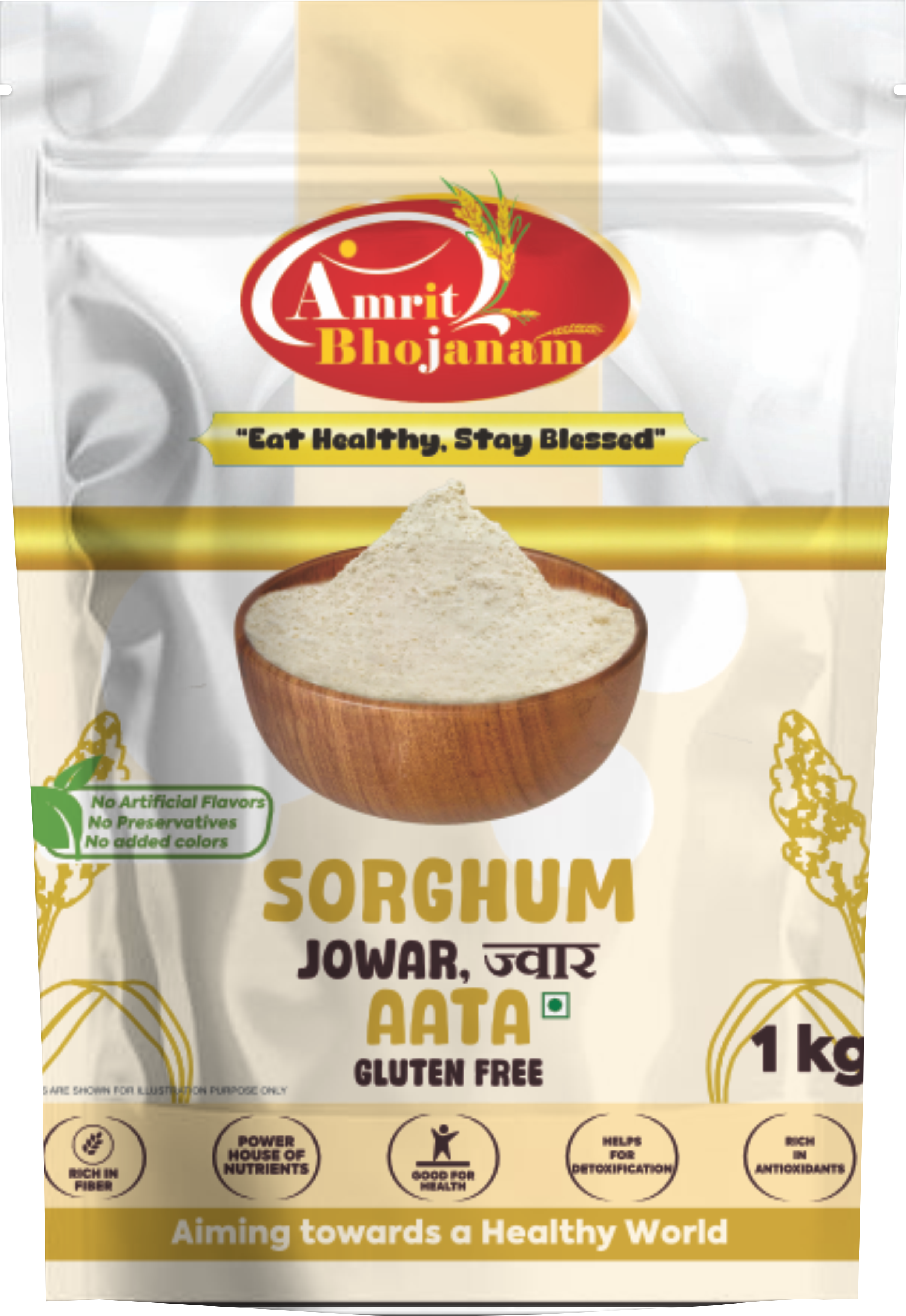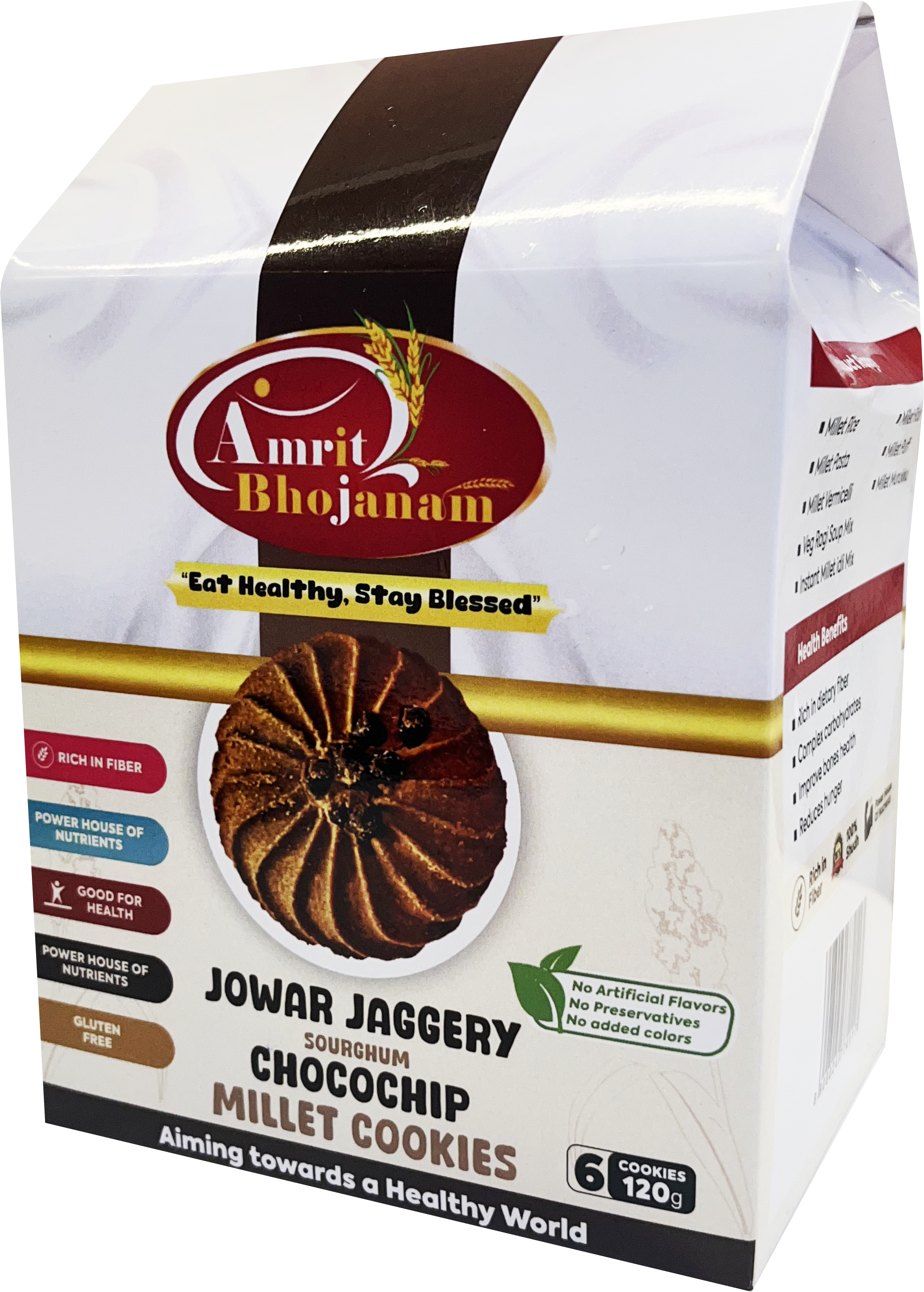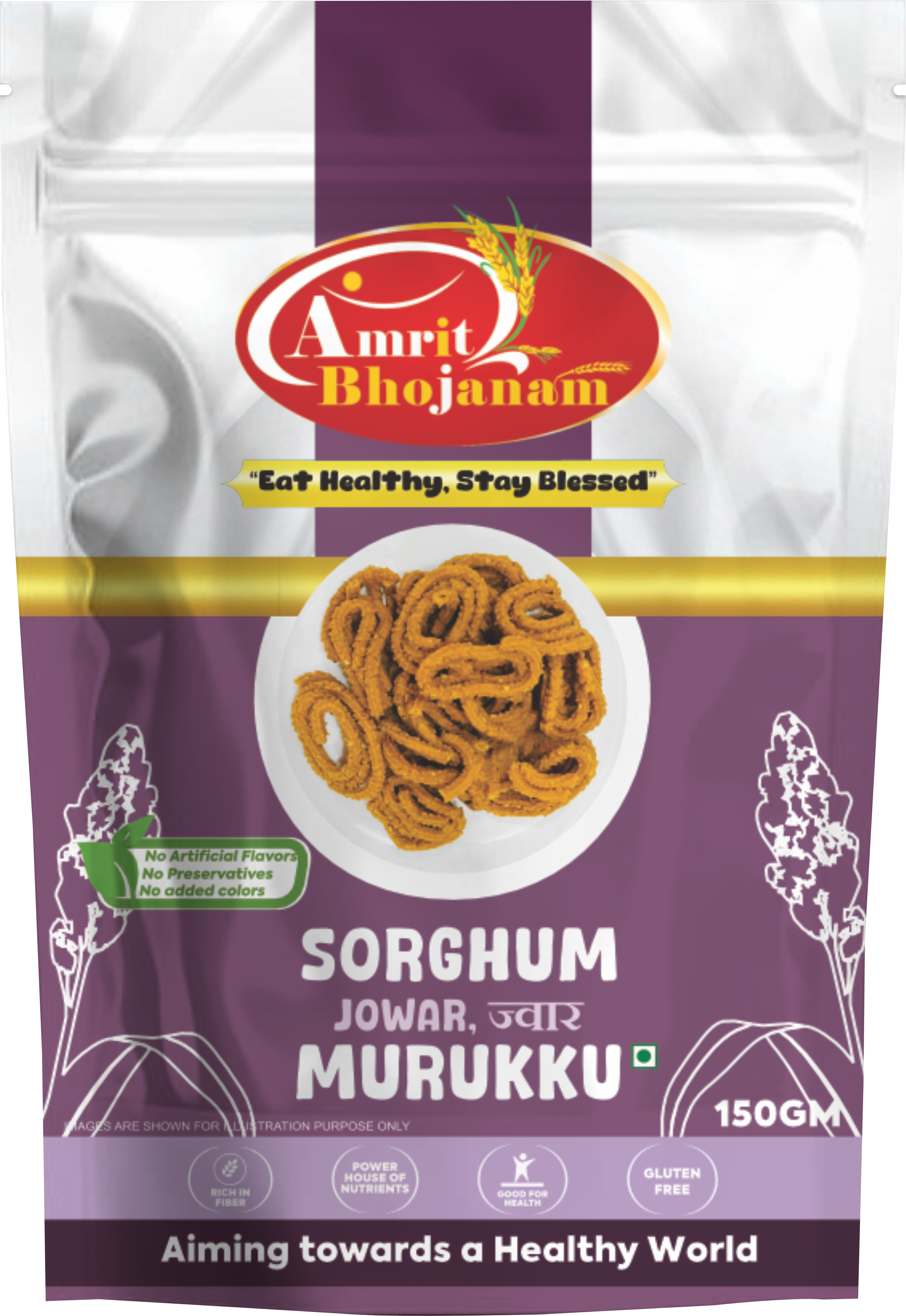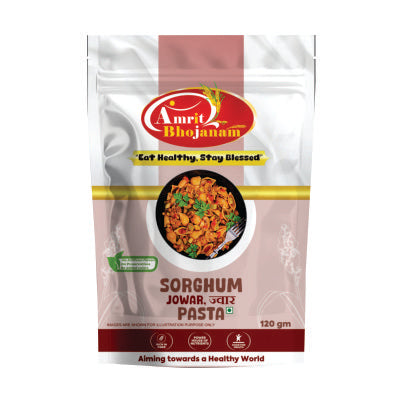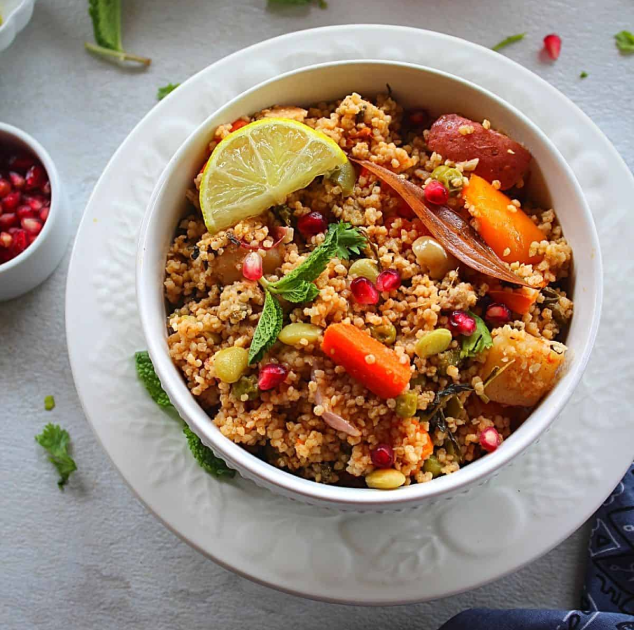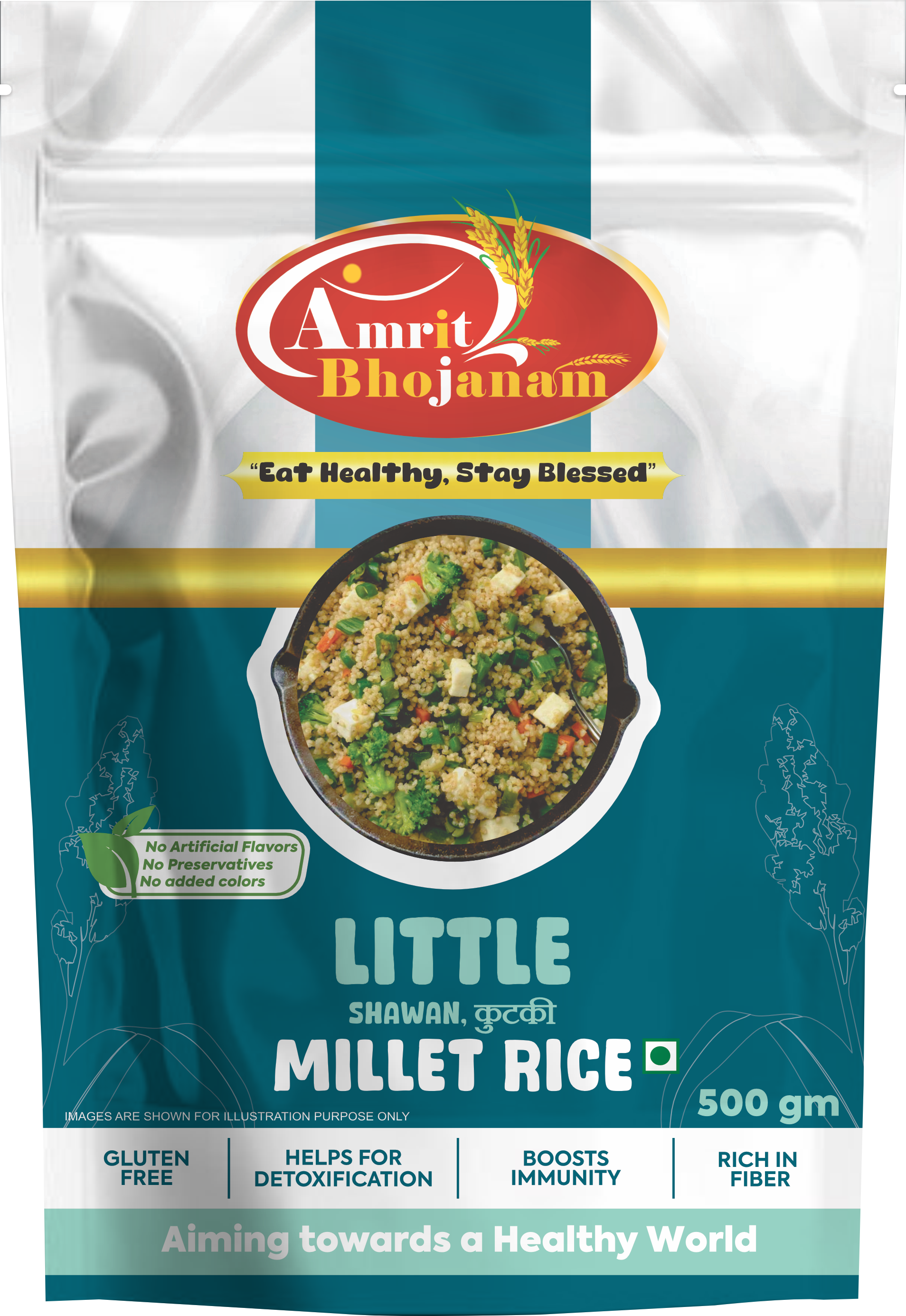Imagine a grain that nourishes the body, stabilizes blood sugar levels, and contributes to a well-balanced diet—all while being gluten-free and environmentally sustainable. Millets, ancient grains that have been consumed for thousands of years, are making a strong comeback in today’s health-conscious world. From being the staple diet in many cultures to becoming the center of attention in nutritional research, millet is hailed for its health benefits, especially in managing blood sugar levels. But what makes millet so special? In this blog, we will explore the science behind millet, its impact on blood sugar regulation, and its role in fostering a balanced diet.
What Is Millet? An Ancient Grain with Modern Benefits
Millet refers to a group of small-seeded grasses, cultivated primarily in Asia and Africa, which include varieties like pearl millet, finger millet, foxtail millet, and sorghum. These grains are gluten-free, rich in essential nutrients, and have long been recognized for their resilience in harsh, drought-prone environments. Unlike modern grains such as wheat and rice, millets have maintained their traditional growing techniques, making them a crucial component in sustainable farming.
Nutritionally, millets stand out due to their high fiber content, complex carbohydrates, proteins, vitamins, and minerals. What’s particularly noteworthy is that millets have a relatively low glycemic index (GI), a factor that has put them on the radar for individuals looking to regulate blood sugar levels and manage conditions like diabetes.
Millets and Blood Sugar: A Low Glycemic Powerhouse
One of the primary reasons millet has gained attention is its ability to regulate blood sugar levels. But how does this work?
The glycemic index (GI) is a measure of how quickly foods raise blood glucose levels. Foods with a high GI cause a rapid spike in blood sugar, while those with a low GI release glucose more slowly, providing sustained energy and minimizing sudden increases in blood sugar. Millets, particularly varieties like finger millet (also called ragi), have a GI ranging from 54 to 68, which is considered moderate to low. In comparison, polished rice and white bread, staples in many diets, have much higher GIs, often exceeding 70.
The slower digestion and absorption of millet’s complex carbohydrates prevent sudden glucose spikes, making it an excellent choice for people with diabetes or prediabetes. But even for those without blood sugar concerns, millet offers sustained energy levels, making it a nutritious choice for athletes or anyone seeking long-lasting fuel for their daily activities.
Fiber: Millet’s Secret Weapon for Blood Sugar Control
Millet’s high fiber content plays a critical role in its ability to regulate blood sugar levels. Dietary fiber slows down the digestion process, which helps control the rate at which sugar enters the bloodstream. This not only stabilizes blood sugar levels but also helps with satiety, reducing hunger pangs and helping manage body weight—another factor crucial in preventing and controlling type 2 diabetes.
Soluble fiber, in particular, forms a gel-like substance in the gut that can slow the absorption of sugar into the bloodstream. Finger millet, for instance, contains both soluble and insoluble fibers, making it a double-edged sword against erratic blood sugar levels. This high fiber content also aids in cholesterol management, further reducing the risk of cardiovascular diseases.
Nutritional Composition: More Than Just a Carb
Though carbohydrates make up the bulk of millet’s caloric value, they are by no means the whole story. Millet is packed with essential nutrients, including:
- Proteins: Millets contain a higher protein content compared to other grains, which helps in muscle repair and contributes to feelings of fullness.
- Vitamins: Millets are rich in B-vitamins like niacin (B3), which helps regulate energy levels and supports the proper functioning of enzymes involved in glucose metabolism.
- Minerals: Millets are excellent sources of magnesium, which plays a critical role in insulin sensitivity and blood sugar control, as well as phosphorus and iron, which are essential for overall health.
Millet’s Role in a Balanced Diet
A balanced diet is one that provides the body with essential nutrients, regulates energy levels, and supports overall well-being. Millet fits into this framework beautifully. Its complex carbohydrates ensure sustained energy, while its fiber content aids in digestion and helps prevent overeating.
For those seeking plant-based proteins, millet is an excellent alternative to rice or wheat, particularly for people following gluten-free diets. Millets can be used in various forms—from porridges and flatbreads to salads and even desserts—making them versatile enough for any meal.
Additionally, the micronutrients found in millet contribute to better immunity, bone health, and improved digestion. Its ability to balance blood sugar levels, coupled with its nutrient richness, makes it an ideal food for preventing chronic diseases like diabetes and heart disease, while promoting a balanced and healthy lifestyle.
Environmental Benefits: Sustainability on Your Plate
Millets are not just good for your health—they are also beneficial for the planet. These drought-resistant crops require minimal water, making them an environmentally sustainable option, especially in regions facing water scarcity. Their hardy nature also means they can grow in poor soils with little to no chemical fertilizers or pesticides. Incorporating millet into your diet is not only a step toward better personal health but also a conscious choice to support sustainable agriculture.
Conclusion
Millet is proving to be a nutritional powerhouse. Its low glycemic index, high fiber content, and rich nutrient profile make it a top contender for anyone looking to manage blood sugar levels or adopt a more balanced diet. By including millet in your meals, you are making a choice that benefits both your body and the environment.
Whether you’re managing diabetes, seeking a more sustainable diet, or simply aiming for long-lasting energy throughout the day, millet offers a science-backed solution. It’s time to give this ancient grain a modern place on your plate.


